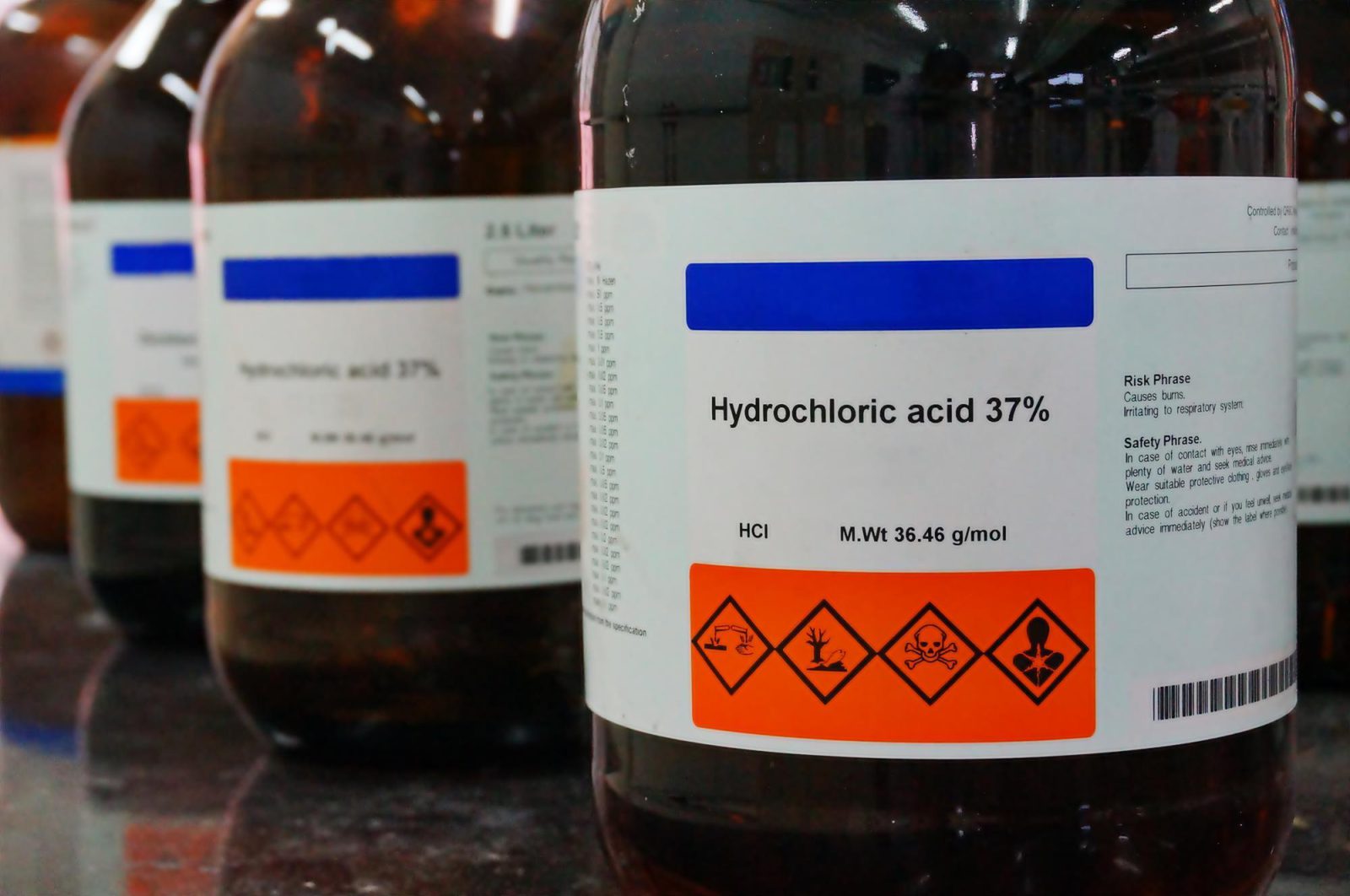
اسید های آبکاری، کاربرد ها، خطرات، حفاظت سلامتی
Acids for plating, applications, Safety and Hazards
بخش دوم:
Chapter two
اسید کلریدریک(هیدروکلریدریک اسید)
| لیست اسید های مورد بررسی | Acids list for review |
| اسید سولفوریکاسید کلریدریکاسید نیتریکاسید فلوریدریکاسید فسفریکاسید کرمیکاسید اگزالیک | Sulfuric acidHydrochloric acidNitric acidHydrofluoric acidAcid phosphoricChromic acidOxalic acid |
| Properties(ویژگی ها) | |
| HCl in(H2O) | Chemical formula |
| 36.46g/mol)) HCl | Molar mass |
| Clear colorless tolight-yellow liquid | Appearance |
| 1.18g/cm3 | Density |
| Solution 38% -26 C | Melting point |
| Solution 38% 48 C | Boiling point |
| Miscible | Solubility in water |
| -0.8 | Acidity (pKa) |
| pH | Molarity | Density | Concentration | ||
| mol/L | kg/L | Baumé | kg HCl/m3 | kg HCl/kg | |
| -0.5 | 2.87 | 1.048 | 6.6 | 104.8 | 10% |
| -0.8 | 6.02 | 1.098 | 13 | 219.6 | 20% |
| -1.0 | 9.45 | 1.149 | 19 | 344.7 | 30% |
| -1.0 | 10.17 | 1.159 | 20 | 370.88 | 32% |
| -1.0 | 10.90 | 1.169 | 21 | 397.46 | 34% |
| -1.1 | 11.64 | 1.179 | 22 | 424.44 | 36% |
| -1.1 | 12.39 | 1.189 | 23 | 451.82 | 38% |
| مقدمهاسید کلریدریک یک اسید معدنی قوی خورنده با کاربرد صنعتی زیاد است. یک محلول بدون رنگ و بسیار سوزاننده از کلرید هیدروژن (HCl) در آب است، هنگامی که با یک پایه ارگانیک واکنش می دهد، یک نمک هیدروکلراید را تشکیل می دهد.اسید هیدروکلریک توسط کیمیاگر جابر بن حیان در حدود سال 800 میلادی کشف شد. نام های قدیمی اسید هیدروکلریک ، acidum salis ، مورتیک اسید و جوهر نمک نامیده می شود، زیرا از سنگ نمک و زاج سبز (سولفات آهن (II)) (توسط Basilius Valentinus در قرن 15 میلادی) و بعدها توسط نمک شیمیایی معمولی و اسید سولفوریک (توسط یوهان رودلف گلاوبر در قرن هفدهم) تولید شد.هیدروکلریک اسید آزاد به طور رسمی در قرن شانزدهم توسط لیبیویوس شناسانده شد.بعدها، توسط شیمیستهایی مانند گلابر، پریستلی و دیوی در تحقیقات علمی مورد استفاده قرار گرفت. اسید کلریدریک غیر از حالت تحت فشار و سرد شدن، اگر کمتر از حدود 60% آب در آن وجود داشته باشد تبدیل به گاز خواهد شد. اسید کلریدریک همچنین با نام های مورتیک اسید و هیدرونیم کلراید شناخته میشود.20 میلیون تن اسید کلریدریک در سراسر جهان تولید میشود. علاوه بر این در اسید معده نیز یافت میشود. | IntroductionHydrochloric acid is a corrosive, strong mineral acid with many industrial uses. A colorless, highly pungent solution of hydrogen chloride (HCl) in water, when it reacts with an organic base it forms a hydrochloride salt. Hydrochloric acid was discovered by the alchemist Jabir ibn Hayyan around the year 800 AD. Hydrochloric acid was historically called acidum salis, muriatic acid, and spirits of salt because it was produced from rock salt and “green vitriol” (Iron(II) sulfate) (by Basilius Valentinus in the 15th century) and later from the chemically similar common salt and sulfuric acid (by Johann Rudolph Glauber in the 17th century). Free hydrochloric acid was first formally described in the 16th century by Libavius. Later, it was used by chemists such as Glauber, Priestley, and Davy in their scientific research. Unless pressurized or cooled, hydrochloric acid will turn into a gas if there is around 60% or less of water. Hydrochloric acid is also known as muriatic acid and hydronium chloride.About 20 million tonnes of hydrochloric acid are produced worldwide annually. It is also found naturally in gastric acid. |
| روش ساخت:با تعامل کلرید سدیم و اسید سولفوریک؛ یا از کلرید سدیم، دی اکسید گوگرد، هوا و بخار آب؛ با کنترل ترکیب کردن عناصر یا به عنوان یک محصول جانبی از سنتز هیدروکربن های کلربه طور صنعتی میتوان تولید کرد..حدود 90 درصد اسید هیدروکلریک یک محصول جانبی از تولید حلال های کلر، فلوئوروکربن ها، ایزوسیانات ها، ارگانیسم ها، منیزیم و مونومر وینیل کلرید است.ساده ترین روش برای تولید کلرید هیدروژن سنتز مستقیم از عناصر است که یک محصول بسیار خالص را تولید می کند. تولید صنعتی شامل استفاده از یک مشعل است؛ کلر و هیدروژن به وسیله لوله های مجزا متمرکز به محفظه احتراق تغذیه می شوند. پس از احتراق، کلر در هیدروژن به آرامی در شعله با بیش از 2000 درجه سانتی گراد سوزانده میشود. یک بخش خنک کننده با شکل و سایز مناسب به محفظه احتراقی متصل است.بوسیله واکنش سدیم کلراید، یا در بعضی موارد پتاسیم کلراید با اسید سولفوریک در محفظه بسته یا کوره مکانیکی در دمای 600 درجه سانتی گراد؛ با فرایند مایر که در آن بیسولفیت سدیم با کلرید سدیم در دمای 400 تا 800 درجه سانتیگراد واکنش نشان می دهد.توسط فرایند هارگریوز با استفاده از دی اکسید گوگرد، نمک و بخار در واکنش اکسوترمی؛توسط سنتز، که در آن هیدروژن در کلر سوزانده شده است. به عنوان یک محصول جانبی از chlorination از ترکیبات آلی تولید میشود. به دنبال این فرایندها حذف مواد جامد معلق، خنک سازی، تراوش و تصفیه انجام می شود.اسید هیدروکلریک (HCl) از چهار منبع اصلی بدست می آید:به عنوان یک محصول جانبی در تولید مواد شیمیایی ارگانیک؛با واکنش مستقیم نمک و اسید سولفوریک (روند Manheim)با واکنش نمک، دی اکسید گوگرد، اکسیژن و آب (فرایند هارگریوز)؛ و با سوختن کلر با گاز هیدروژن. | Methods of ManufacturingProduced industrially by the interaction of sodium chloride and sulfuric acid; from sodium chloride, sulfur dioxide, air and water vapor; by controlled combination of the elements; or as a by-product of the synthesis of chlorinated hydrocarbons.About 90% of hydrochloric acid is a byproduct from the production of chlorinated solvents, fluorocarbons, isocyanates, organics, magnesium, and vinyl chloride monomer.The simplest method for producing hydrogen chloride is direct synthesis from the elements, which yields a very pure product. Industrial production involves the use of a burner; chlorine and hydrogen are fed by separate concentric tubes into the combustion chamber. After ignition, the chlorine burns in the hydrogen with a quiet, very hot flame at greater than 2000 deg C. A cooling section of appropriate size and shape is connected to the combustion chamber.By reaction of sodium chloride or, in some cases, potassium chloride with sulfuric acid in muffle or mechanical furnace at temp up to 600 deg C; by Meyer process in which sodium bisulfite is reacted with sodium chloride at 400-800 deg C; by the Hargreaves process using sulfur dioxide, salt, and steam in an exothermic reaction; by synthesis, in which hydrogen is burnt in chlorine; as a byproduct of the chlorination of organic compounds. These processes are followed by the elimination of suspended solids, cooling, condensation and purification.Hydrochloric acid (HCl) is obtained from four major sources: as a byproduct in the manufacture of organic chemicals; by the direct reaction of salt and sulfuric acid (Manheim process); by reacting salt, sulfur dioxide, oxygen, and water (Hargreaves process); and by burning of chlorine with hydrogen gas. |


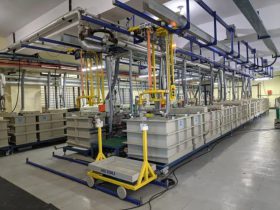

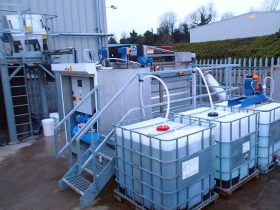
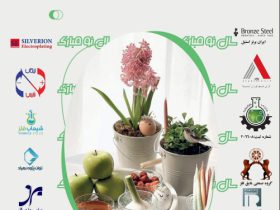




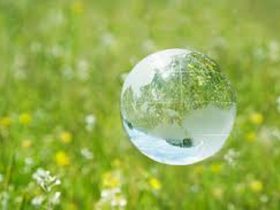
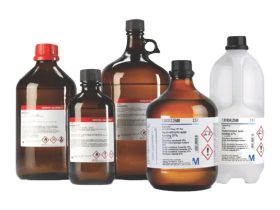
نظرتان را بیان کنید